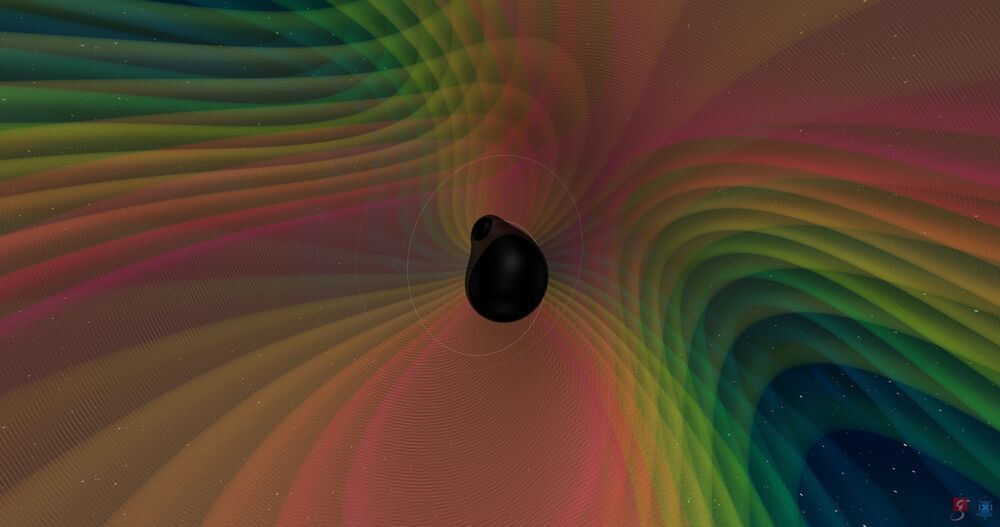One of the biggest challenges will be to create superpositions of diamonds that can remain stable over distances of a meter. More than four years ago researchers at Stanford University managed to separate a superposition consisting of 10000 atoms by about half a meter—the current record. “But we’re talking about doing it with diamonds that would have a billion or 10 billion atoms, and that is way more difficult,” Mazumdar says.
Many of the other technologies needed for the device—high vacuums, ultralow temperatures, precisely controlled magnetic fields—have all been achieved separately by various groups. But bringing them together will not be easy. “Just because you can juggle and ride a bike doesn’t mean you can do both at once,” Morley says.
If the device is ever built, it could transform gravitational-wave astronomy. The world’s current gravitational-wave detectors are all firmly anchored to the ground. “The only orientation LIGO can have is due to Earth’s rotation,” Bose says. A small detector such as MIMAC, on the other hand, could be pointed at any direction in the sky. And any physics lab in the world could house it. “The challenge is to get one of them working,” Bose says. “If one of them works, it would be very easy to make several more.”
